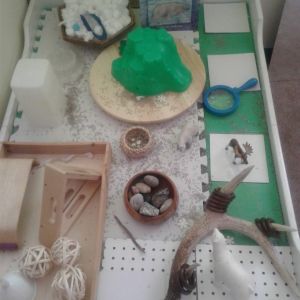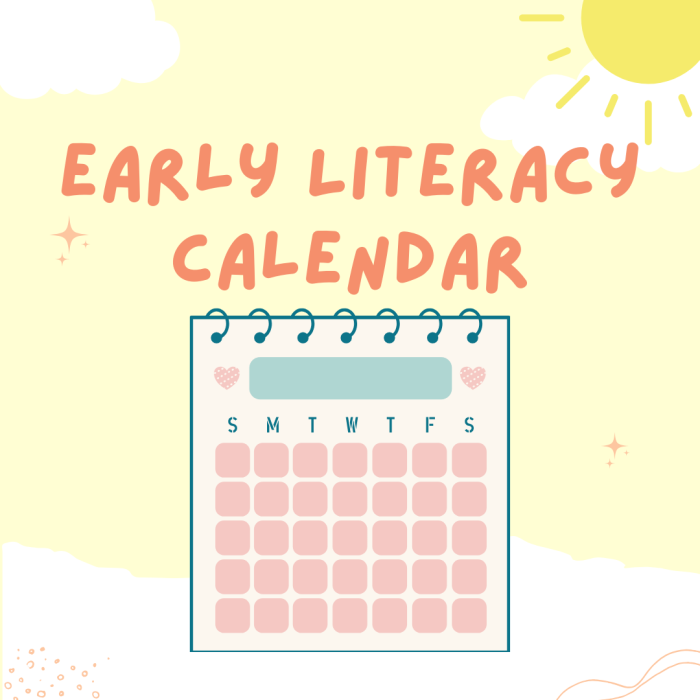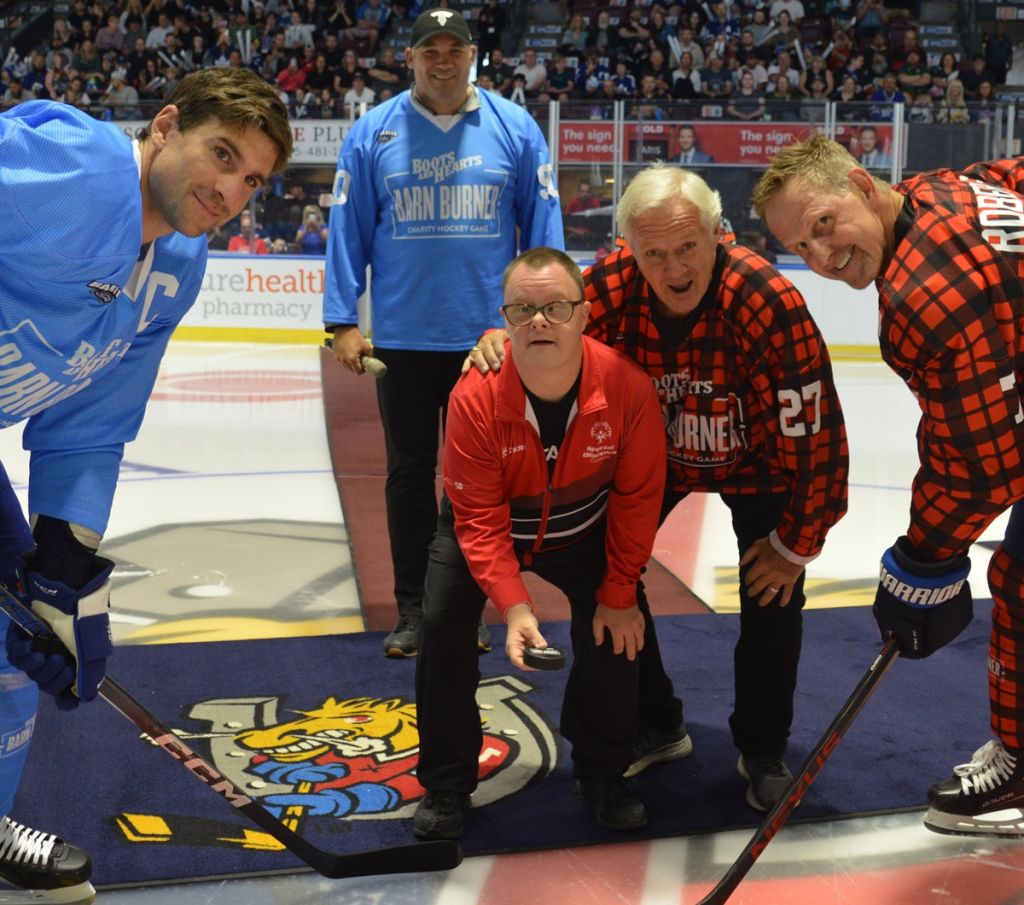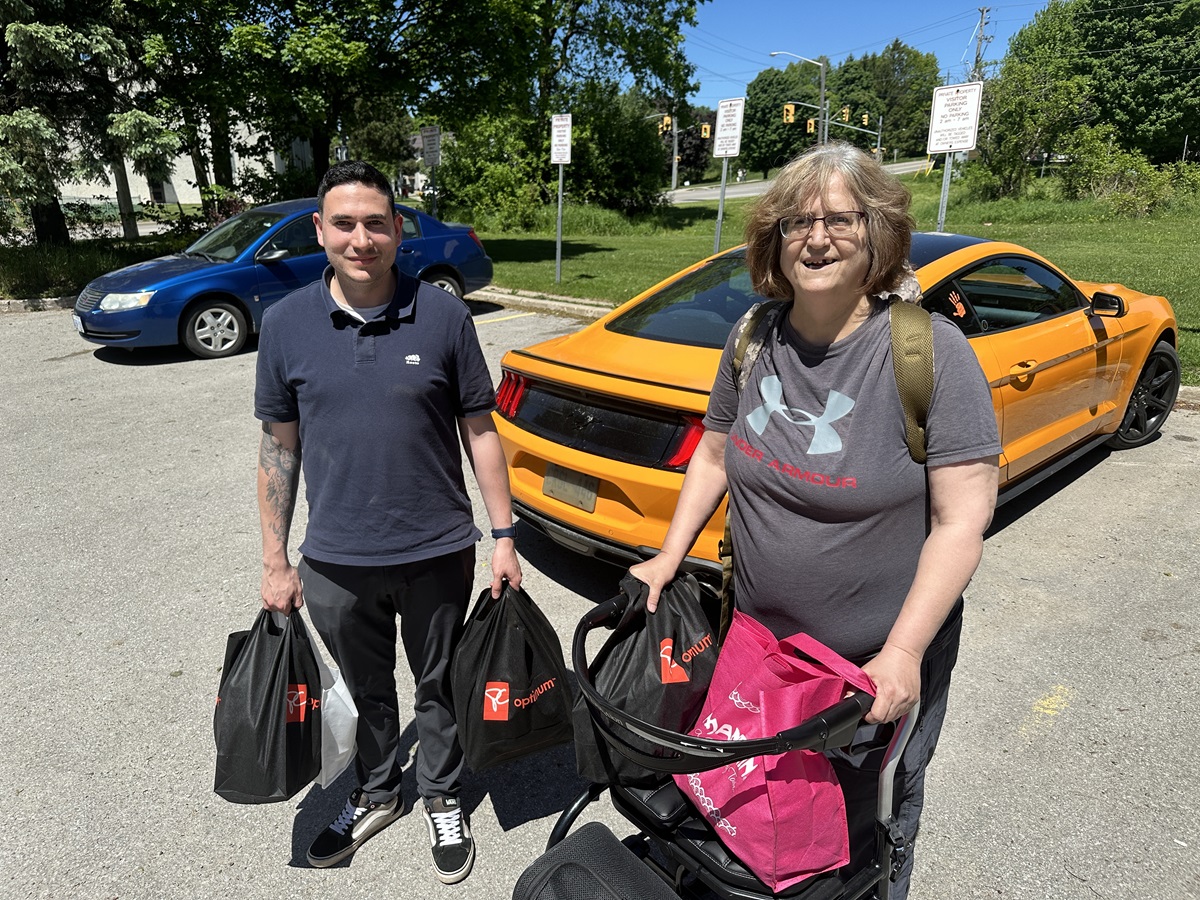What Is Early Literacy?
Early Literacy refers to the experiences that take place before a child can read and write. When you think about early literacy, it’s helpful to imagine the idea of building a healthy brain. Research tells us that brains aren’t just born; they are built over time based on our experiences, and early experiences shape the architecture of the developing brain.
Have questions about early learning or your child’s early literacy development?
Please email the Early Literacy Specialist, Simcoe County EarlyON Child and Family Centres: earlyliteracy@empowersimcoe.ca.
"This website has been designed to provide you with information, resources and inspirations that will support you in providing children with healthy early experiences!"
How does Learning Happen?
BBelonging: a sense of connectedness to others, an individual’s experiences of being valued, of forming relationships with others and making contributions as part of a group, a community, and the natural world.
EEngagement: being genuinely involved and interested in what one is doing. Optimal conditions for learning occur when we are fully engaged.
EExpression: Seeing children as capable and powerful communicators from birth onwards means recognizing them as active social partners who are able to initiate and respond to communication exchanges.
WWell-Being: There is clear evidence that early experiences have a significant impact on the biology of the body and on brain development, with implications for lifelong physical and mental health and well-being.
Early Literacy Calendar
Are you looking for inspirations to keep you and your child(ren) or the child(ren) in your care busy and stimulated?
Explore this month’s Early Learning Calendar below and HAVE SOME FUN! If you’re looking for even more ideas, scroll to see our archived calendars! Be sure to check back each month for new releases!
If you wish to receive these calendars each month through our newsletter, please subscribe to our mailing list below.
Early Literacy Booklets
Early Literacy: Building Healthy Brains Booklets
The Early Literacy: Building Healthy Brains booklets below have been designed and produced by the Early Literacy Specialist for the Simcoe County EarlyON Child and Family Centres.
Each booklet contains information to support you in your role as a parent/caregiver/early learning professional through the rich early learning experiences that you will see encouraged within.
Activity suggestions, tips and tricks, strategies for skill building, and much, much more—all of which foster early literacy and healthy brain development!
If you have questions or comments about any of the booklets or the information within, please email the Simcoe County Early Literacy Specialist at earlyliteracy@empowersimcoe.ca

Don't miss out, stay tuned!
Provocation Gallery
Put simply, provocations provoke! They provoke thoughts, discussions, questions, interests, creativity and ideas. They can also expand on a thought, project, idea and interest.
Provocations can come in many forms:
Provocations can be as simple as a photo of a rock sculpture next to some pebbles or as elaborate as a table with an assortment of recycled materials next to a book on robots and resources to make upcycled robots. Often though, provocations are simple and displayed beautifully to provoke interest.
Ultimately, the intention of provocations is to provide an invitation for a child to explore and express themselves. It should be open-ended and provide a means for expression.
-
 Early Literacy Office Cork pot holders Assorted blue or clear plastic rocks/stones Dark blue glass beads Coffee stir sticks Basket Pictures of snow and snowflakes Water bottle filled with water and plastic rocks/stones and silver sequins Wooden tray Tiny white stones like ‘snow’ “What do you see?” mini easel Basket of pine cones Snowman made out of Styrofoam Dice Numbers 1 to 6 graph Basket of cotton balls Book: Sadie and the SnowmanEarly Literacy OfficeCork pot holders Assorted blue or clear plastic rocks/stones Dark blue glass beads Coffee stir sticks Basket Pictures of snow and snowflakes Water bottle filled with water and plastic rocks/stones and silver sequins Wooden tray Tiny white stones like ‘snow’ “What do you see?” mini easel Basket of pine cones Snowman made out of Styrofoam Dice Numbers 1 to 6 graph Basket of cotton balls Book: Sadie and the Snowman
Early Literacy Office Cork pot holders Assorted blue or clear plastic rocks/stones Dark blue glass beads Coffee stir sticks Basket Pictures of snow and snowflakes Water bottle filled with water and plastic rocks/stones and silver sequins Wooden tray Tiny white stones like ‘snow’ “What do you see?” mini easel Basket of pine cones Snowman made out of Styrofoam Dice Numbers 1 to 6 graph Basket of cotton balls Book: Sadie and the SnowmanEarly Literacy OfficeCork pot holders Assorted blue or clear plastic rocks/stones Dark blue glass beads Coffee stir sticks Basket Pictures of snow and snowflakes Water bottle filled with water and plastic rocks/stones and silver sequins Wooden tray Tiny white stones like ‘snow’ “What do you see?” mini easel Basket of pine cones Snowman made out of Styrofoam Dice Numbers 1 to 6 graph Basket of cotton balls Book: Sadie and the Snowman -
 Collingwood Assortment Cotton balls Tongs Baskets Real rocks/stones Clear aquarium rocks Clear flat bottomed glass beads Plastic arctic animals-moose, polar bears, brown or black bear Wooden trays and wooden lifters (the upside down wooden piece is a re-purposed xylophone bottom) Real antlers Wooden shower curtain holders Snowball scooper Soft material snowflakes Book: My Arctic 1, 2, 3. --Everything is on a train table and there is a large white foam piece covering most of the green of the table as well as some small white cardboard piecesCollingwood AssortmentCotton balls Tongs Baskets Real rocks/stones Clear aquarium rocks Clear flat bottomed glass beads Plastic arctic animals-moose, polar bears, brown or black bear Wooden trays and wooden lifters (the upside down wooden piece is a re-purposed xylophone bottom) Real antlers Wooden shower curtain holders Snowball scooper Soft material snowflakes Book: My Arctic 1, 2, 3. --Everything is on a train table and there is a large white foam piece covering most of the green of the table as well as some small white cardboard pieces
Collingwood Assortment Cotton balls Tongs Baskets Real rocks/stones Clear aquarium rocks Clear flat bottomed glass beads Plastic arctic animals-moose, polar bears, brown or black bear Wooden trays and wooden lifters (the upside down wooden piece is a re-purposed xylophone bottom) Real antlers Wooden shower curtain holders Snowball scooper Soft material snowflakes Book: My Arctic 1, 2, 3. --Everything is on a train table and there is a large white foam piece covering most of the green of the table as well as some small white cardboard piecesCollingwood AssortmentCotton balls Tongs Baskets Real rocks/stones Clear aquarium rocks Clear flat bottomed glass beads Plastic arctic animals-moose, polar bears, brown or black bear Wooden trays and wooden lifters (the upside down wooden piece is a re-purposed xylophone bottom) Real antlers Wooden shower curtain holders Snowball scooper Soft material snowflakes Book: My Arctic 1, 2, 3. --Everything is on a train table and there is a large white foam piece covering most of the green of the table as well as some small white cardboard pieces

















































